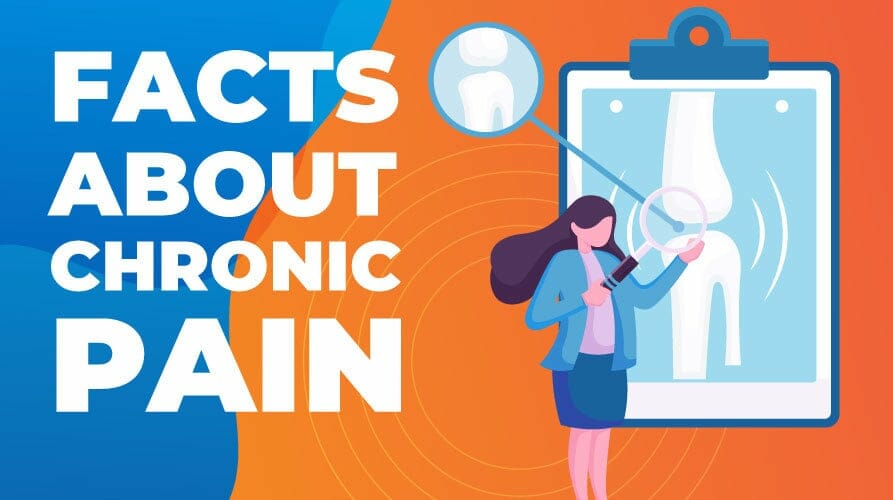What is chronic pain?
We see it everywhere we look. People with knee pain and backaches. People are barely able to sit down cross-legged and People sometimes squinting eyes out of the intensity of pain. Sometimes there is just passing pain but at times and for some people, the pain lingers on for long periods of time.
Any pain that remains persistent for more than 3 months is classified as chronic pain. Earlier it was termed as a hidden epidemic but with the increase in the number of patients, unfortunately, it is no longer hidden.
Different types
Chronic pain is gradually gaining global recognition as a major health problem and can have diverse effects on the quality of life. It can have various reasons behind it including Age factor, obesity, inactive lifestyle, accident, or anatomical change in the spinal cord.
It may not be a killer, but it definitely makes everyday life functioning tough and even alters one’s ability to perform certain staple activities permanently. The most common types are arthritis, spinal pain, and migraine.
Another common type of chronic pain is fibromyalgia. It causes widespread musculoskeletal pain which is often followed by sleep, fatigue, and in some cases even mood and memory issues. People with fibromyalgia also experience tension, headaches, digestive issues, anxiety, and depression. Fibromyalgia is a kind of chronic pain that is incurable and often impairs the ability to focus.
Statistics and Prevalence
In 2007, World Health Organization conducted a study, also called SAGE, in six states of India – Assam, Maharashtra, Uttar Pradesh, Karnataka, West Bengal, and Rajasthan. World Health Organization statistics revealed that 7 % of 4665 respondents below the age of 50 were diagnosed with arthritis. But when questioned about the symptoms, the prevalence reached 9% in total. More women than men were found to be suffering from arthritis and yet fewer women went for treatment.
A 2018 survey of 20,000 patients with chronic pain from Indian metropolitan cities concluded that people tend to ignore and neglect the pain for almost up to 7 weeks which leads to delayed treatment and increased risk of surgery.
More than 19% Indian adult population suffers from Chronic Pain with the prevalence being more in women (25%). But these estimates might just be the tip of an iceberg since People in India tend to not reveal their health concerns and problems.
How does lifestyle affect chronic Pain?
Lifestyle factors like physical inactivity, sedentary behavior, stress, poor sleep, unhealthy diet, smoking, and drugs are associated with chronic pain severity and sustainment.
The current situation around the globe due to pandemics has boosted this condition in India. With people sitting at home for almost 2 years now, inactivity and a dull lifestyle have led to major chronic pain issues. No exercise, excessive eating, and lazy behavior have led to obesity.
Smoking and drugs have become a trend in today’s times. They not only degrade our general health but also affect the musculoskeletal system. They delay healing and aggravate chronic pain.
An unhealthy diet and obesity often hamper one’s physical abilities. A good, balanced diet is important to maintain body mass and build stronger joints and bones. People with obesity or an unhealthy diet have a more prominent chance of developing chronic pain.
Chronic Pain in India is a big concern. Regular exercising, a healthy diet, pain medication, and more can help cope with it but people in India tend to tolerate pain and refuse to seek a doctor’s opinion on it. In a situation like this, Pain Management in India is a tough task.




